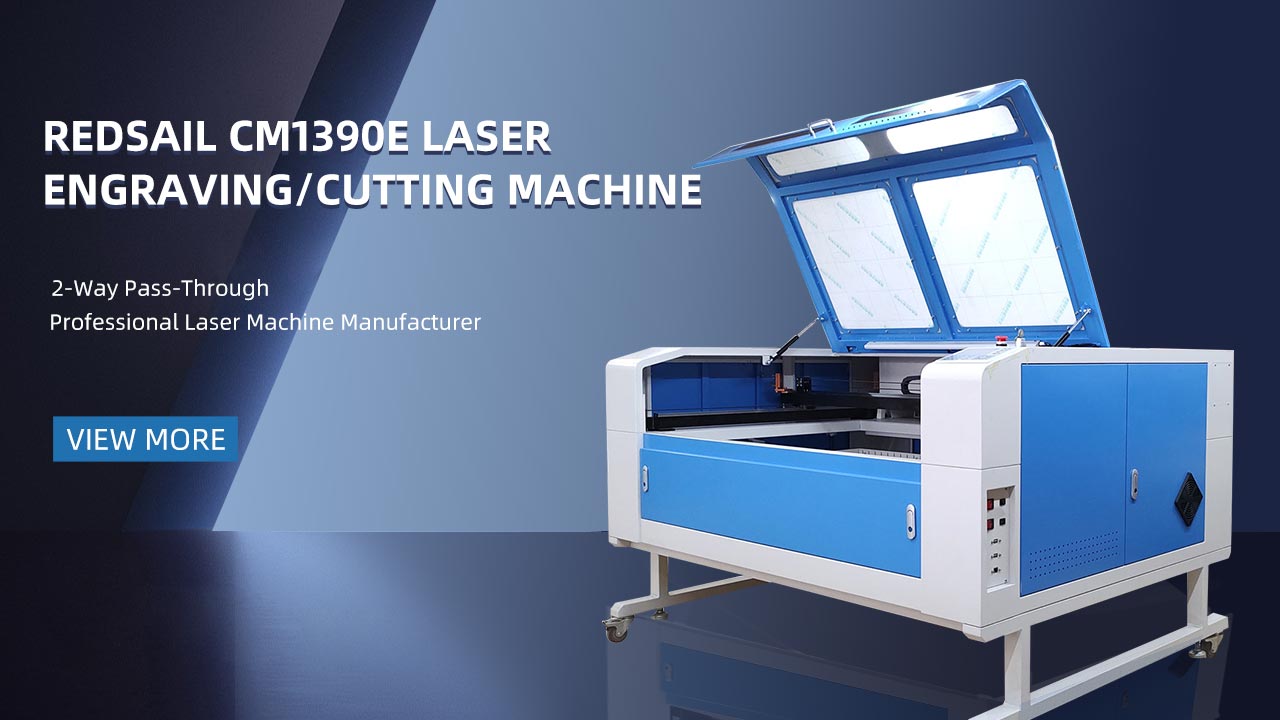The Science Behind CO2 Laser Cutting Acrylic
Acrylic is a versatile material that is used in a variety of applications, from signage to medical devices. One of the most popular methods of cutting acrylic is with a CO2 laser. This type of laser is capable of cutting through acrylic with precision and accuracy, making it an ideal choice for many applications. In this article, we will explore the science behind CO2 laser cutting acrylic and how it works.
What is a CO2 Laser?
A CO2 laser is a type of laser that uses a mixture of carbon dioxide and other gases to create a beam of light. This beam of light is then focused onto a target material, such as acrylic, and the energy from the beam is absorbed by the material, causing it to heat up and eventually melt or vaporize. The CO2 laser is capable of cutting through a variety of materials, including acrylic, wood, and metal.
How Does a CO2 Laser Cut Acrylic?
When a CO2 laser is used to cut acrylic, the laser beam is focused onto the material and the energy from the beam is absorbed by the acrylic. This causes the acrylic to heat up and eventually melt or vaporize. The laser beam is then moved along the material, cutting it into the desired shape.
The speed at which the laser beam moves along the material is determined by the power of the laser and the speed of the cutting head. The higher the power of the laser, the faster the cutting head can move, resulting in a faster cut.
Advantages of CO2 Laser Cutting Acrylic
CO2 laser cutting acrylic has several advantages over other cutting methods. One of the main advantages is the precision and accuracy of the cut. CO2 lasers are capable of cutting intricate shapes with a high degree of accuracy, making them ideal for applications that require precise cuts.
Another advantage of CO2 laser cutting acrylic is the speed at which it can be done. CO2 lasers are capable of cutting through acrylic quickly and efficiently, making them ideal for large-scale projects.
Finally, CO2 laser cutting acrylic is a relatively clean process. The laser beam does not produce any hazardous materials, making it a safe and environmentally friendly option.
Disadvantages of CO2 Laser Cutting Acrylic
One of the main disadvantages of CO2 laser cutting acrylic is the cost. CO2 lasers are more expensive than other cutting methods, such as CNC routers or water jets. Additionally, the cost of the laser itself is only part of the equation; the cost of the materials and the labor required to operate the laser must also be taken into consideration.
Another disadvantage of CO2 laser cutting acrylic is the complexity of the process. CO2 lasers require a high degree of skill and knowledge to operate, making them more difficult to use than other cutting methods.
Finally, CO2 laser cutting acrylic can be dangerous if not done properly. The laser beam is powerful and can cause serious injury if it is not handled correctly.
FAQs
What is a CO2 laser?
A CO2 laser is a type of laser that uses a mixture of carbon dioxide and other gases to create a beam of light. This beam of light is then focused onto a target material, such as acrylic, and the energy from the beam is absorbed by the material, causing it to heat up and eventually melt or vaporize.
What materials can a CO2 laser cut?
A CO2 laser is capable of cutting through a variety of materials, including acrylic, wood, and metal.
What are the advantages of CO2 laser cutting acrylic?
The advantages of CO2 laser cutting acrylic include precision and accuracy, speed, and a clean process.
What are the disadvantages of CO2 laser cutting acrylic?
The disadvantages of CO2 laser cutting acrylic include cost, complexity, and the potential for danger if not done properly.





